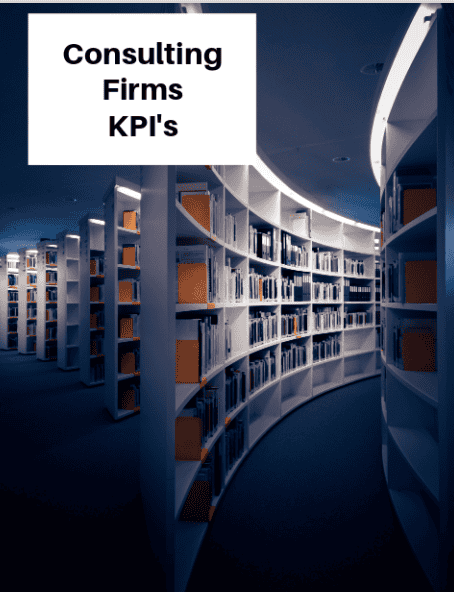
In today’s corporate environment, technology is critical to fostering innovation, efficiency, and competitive advantage. However, while being at the forefront of offering cutting-edge solutions to their clients, many consultancies are typically hesitant to adopt new technology themselves.
According to a recent CMap and Consultancy BenchPress survey, over 80% of consulting businesses are operated using spreadsheets or a collection of independent applications, with only 17% employing a Professional Services Automation (PSA) system.
Despite this, the study found that consultancies that use a PSA system experience significant growth, with higher utilisation, better margin visibility, and an increase in revenue per partner, with PSA adopters generating 7% higher utilisation than those that primarily use spreadsheets.
According to the study, more than a third of non-PSA consumers are projected to embrace a PSA system in the following three years, in conjunction with the PSA market doubling during the same period. Recent PSA system consumers cited the inefficiency of their tools and solutions as the primary reason for making the switch.
Embracing the Future: Overcoming Reluctance to Adopt New Technologies in Consultancies
The Fear of Disruption
Fear of disruption is one of the key reasons consultants may be reticent to accept new technology. Consultancies, like any other firm, are concerned about the possible consequences of adopting new technology. Concerns about job losses or changes to existing company methods may arise.
Furthermore, personnel retraining or upskilling to adapt to new technology might be viewed as a substantial obstacle. It is critical for consultants to understand that, while there may be short-term interruptions, the long-term advantages of technology adoption transcend the initial concerns.
Resistance to Change
Human nature frequently resists change, and consultants are no exception. Established consultancies may have well-established and successful procedures and systems in place.
There is a natural desire to preserve the status quo and avoid the complexity of introducing new technology. To overcome this reluctance, a culture that promotes innovation supports open-mindedness, and rewards adaptation must be created.
Perceived Risk vs. Reward
Another aspect that adds to the reluctance to accept new technology is the perceived risk vs return conundrum. Consultancies may be concerned about the expense of installation, potential interruptions to ongoing projects, and system compatibility. A thorough study and assessment of possible technologies are required to analyse the advantages, downsides, and long-term effects.
Visible proof of possible benefits, such as enhanced productivity, improved client outcomes, and competitive advantage, can help assuage worries and justify the expenditure.
Lack of Understanding
A lack of insight or information about emerging technologies might stymie their adoption inside consultancies. Many new technologies are sophisticated, and it may be difficult for consultants to keep up with the newest breakthroughs.
This information gap can lead to doubt regarding emerging technology capabilities and possible uses. Consultancies should spend on training and educational tools to ensure that their workforce is aware of technology advances and can make educated judgements regarding their adoption.
Client Expectations and Industry Standards
Consultancies work in a client-driven business, thus exceeding client expectations is critical to success. Client requests, on the other hand, might vary, and striking a balance between adopting new technology and adhering to industry norms can be difficult.
Consultancies must evaluate client demands, industry trends, and regulatory requirements to discover innovations that can improve their services and products while maintaining compliance.
Integration Challenges
Integrating new technologies into established workflows and procedures may be tricky. New system implementation might interrupt existing processes, need extensive training, and result in internal conflicts. Consultants must carefully plan the integration process, incorporating stakeholders from many departments, and advocate the benefits of new technology to ensure a smooth transition.
Change management strategies, such as clear communication, training programmes, and ongoing support, can help to mitigate integration challenges.
Return on Investment (ROI) Concerns
When exploring new technology, consultancies, like any other firm, must examine the return on investment (ROI). New technologies’ potential advantages, cost savings, greater efficiency, and competitive advantage should be weighed against the costs and resources necessary for adoption.
Creating strong business cases and collecting data-driven proof can assist in overcoming ROI concerns and justifying the adoption of new technology.
